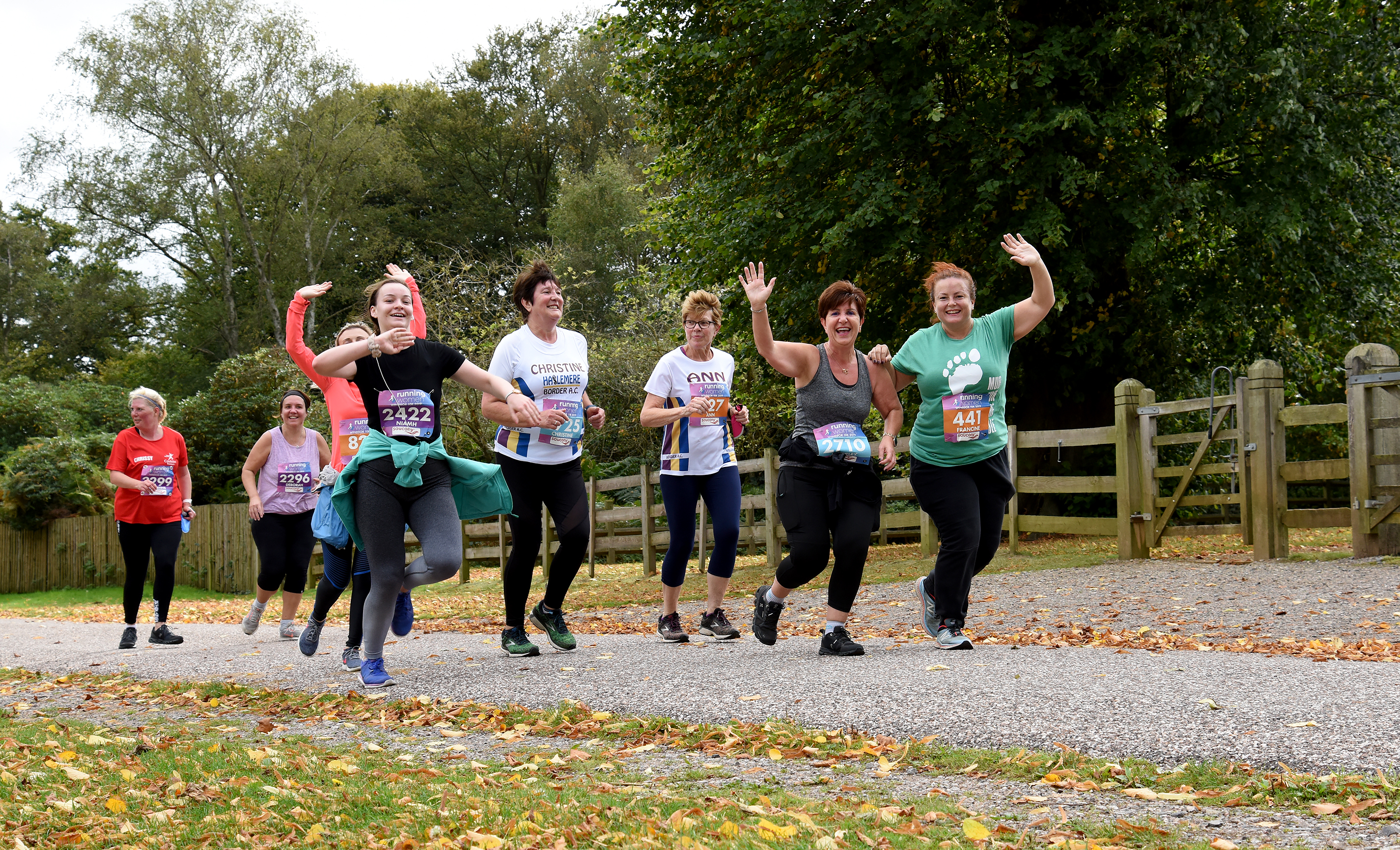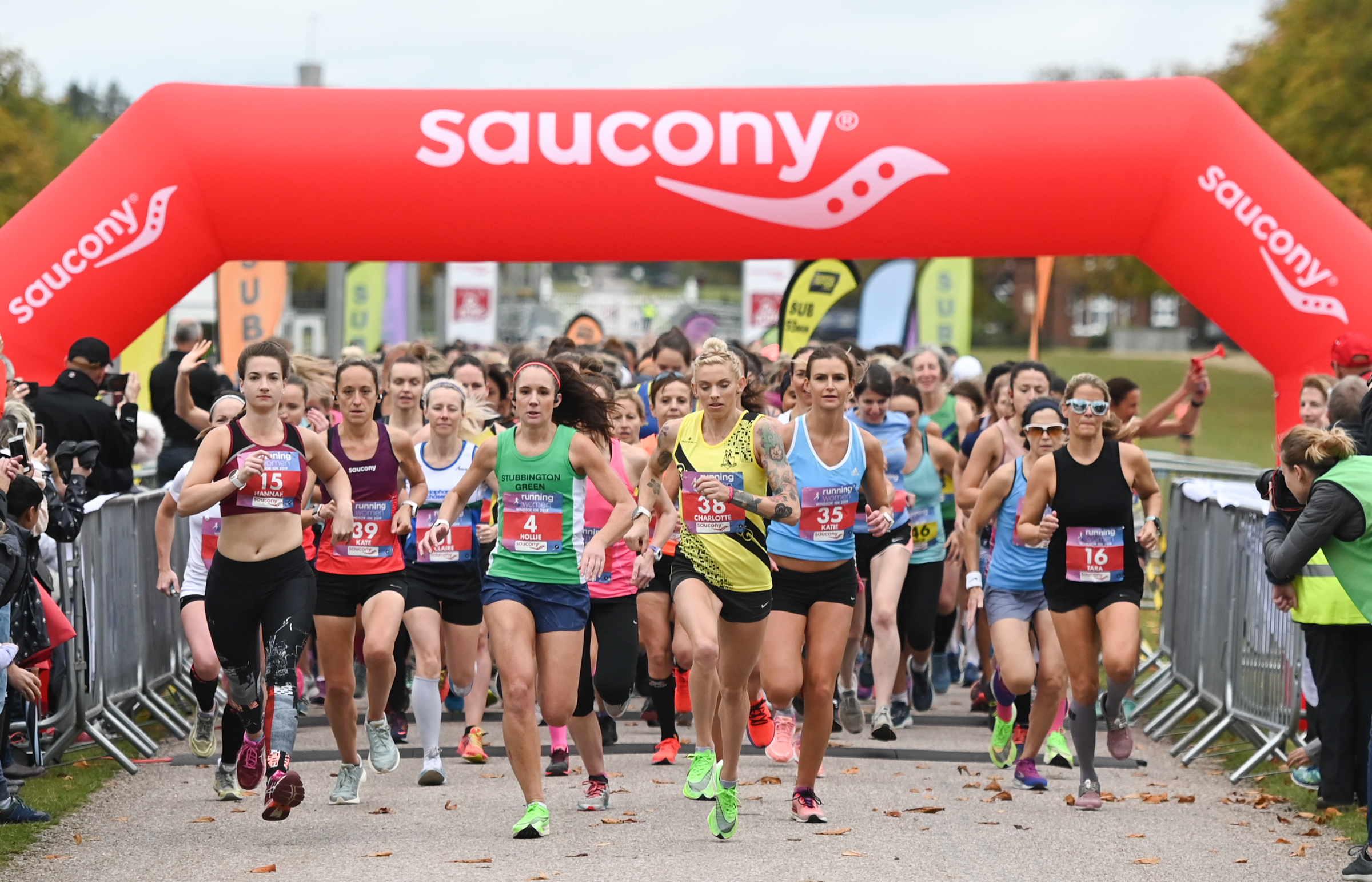Design Your Best Local Running Routes For 10K Training
Running is a great way to explore your local area – so choose your 10K training routes well!
The theme of your Summer is going to be 10K training, and what better way to view the finer details of your local environment. As runners, we really are lucky: we get to see beautiful views, blue skies, and the tiniest details of all nature has to offer.
With the Windsor 10K in your diary, you’ll be spending a lot of time out running. So make the most of your training runs by choosing the most rewarding routes in your area.
Of course, your needs will change throughout the week (and as your training plan progresses). How far do you need to run? Do you need a flat, fast route or a hillier challenge? Would you like to run on the trails, on footpaths, out on the road – or a combination of them all as you explore?
Why not design a few go-to routes for your 10K training plan: from 2 miles through to 5K and beyond? Make each of them feature something special, and you’ll always look forward to it!
Here are 7 ways to design lovely routes for every stage of your Windsor 10K training plan.
#1 Copy Others
Find out where other runners in your area go, and try their routes! You can either find them on Strava or other online resources, or on social media. Or keep it old school and ask around at local running clubs. Keep your eyes peeled for runners when you are driving around – where are they coming from, and where do they seem to go? You might just get the heads up on a new footpath or detour you’d never thought of. Other runners know the quietest, safest, and least traffic-polluted routes in town.
#2 Map Your Run Routes
Design a route before you head out by using MapMyRun, Google maps, or similar. You can see exactly how long the route will be. Too short? Add a loop or extend it a bit. Too long? See where it’s sensible to cut the run short. This is a great way to design local routes that are precise distances.
#3 Routes To Suit The Race
You already know what the Windsor 10K route will be like. So try to match some of your training runs to our course. Seek out some hills and long climbs, and run on grass. Always try to match your training routes to the race you’ve entered, so you know you can cope (and excel!) on the day.
#4 Run Local Race Routes
…after they’ve happened. Your town probably has an annual 5K, 10K, 10 miler, or even a half marathon. Maybe it has a Parkrun? It’s easy to find out the routes of races by searching online for race info (or checking Strava for people’s logs of the race). Head out and follow the route yourself, any day of the year.
#5 Buddy Up
Run with someone else. We all have our own preferred routes, and maybe your new running buddy will be able to suggest a new route that you’ve never tried! At the very least, she’ll know some cut-through or extra loop that you’ve yet to discover. In return, you can share your favourite routes with her.
#6 Use Running Apps
Download a smartphone app that allows you to create running routes, track your progress, and record your times. RunKeeper is one – but there are plenty to choose from.
#7 Always Be Safe
Above all else, choose a route that is safe. That means no pitch-black sections, no getting lost, and no natural hazards. Be mindful of fields with livestock, and keep an eye on conditions underfoot. Google map street view can zoom in on routes so you can have a closer look. But keep your ear to the ground locally, too, for news about potholes, road conditions, and more rural issues that might affect you. Dog walkers, cyclists, and horse riders are good allies!
Similar Posts:
- Design Your Best Local Running Routes For 10K Training
- Reboot Your Mojo And Get Running Again!
- 7 Things Every Runner Must Do Before Race Day
- Taking Your First Steps Towards A 10K
- Ready To Start Running In Spring?
- 5 Rules Of Running During Coronavirus




Add Comment